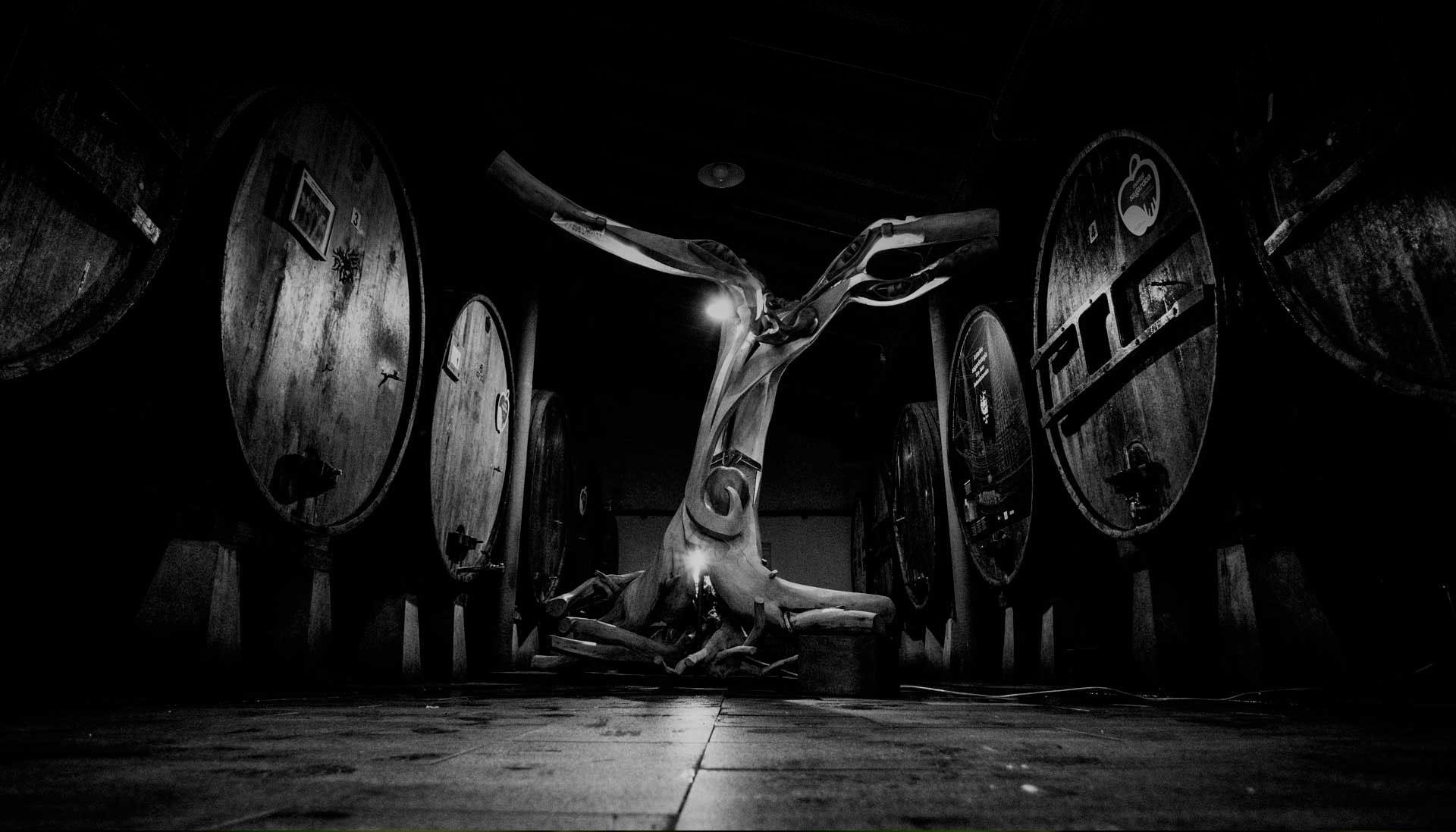
A new beginning
A new era dawns on Earth. Hunter-gatherers abandon the forests in favour of chaotic urban hubs. Agriculture is born, and mankind appropriates the fruits of the earth. All of them? No, not all. In the hearts of human beings, the apple tree and the apple will remain symbols of the gods, of beauty and of Mother Earth.
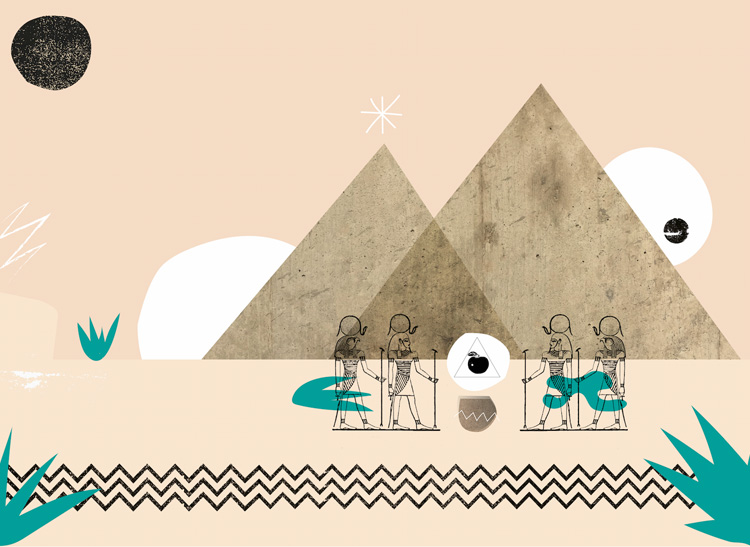
A global adventure
Wild plains disappeared and the fruit trees which filled the forests continued on their own journey. One of these would end up in a particularly worldly civilisation: Egypt. From the Nile, some individual specimens travelled to ancient Persia. Here, the apple was domesticated by the local people. The first descendent of the apple tree came into being and was soon taken across the seas to the rest of the world. First stop: Olympus.

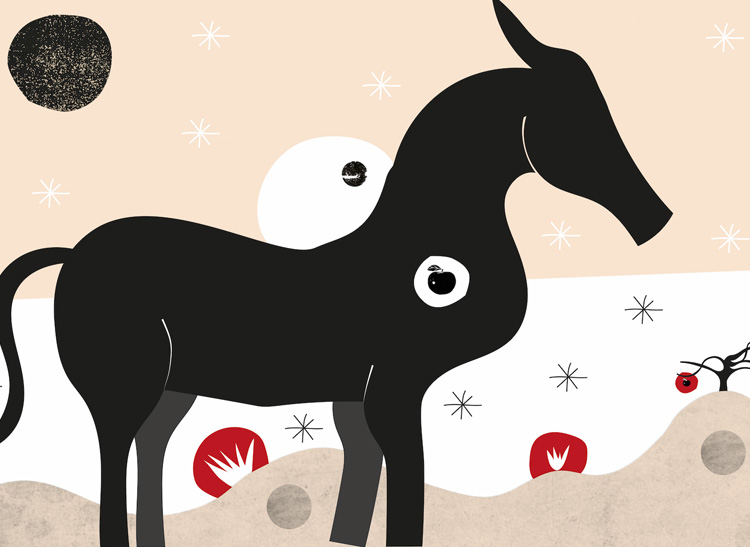
For the most beautiful of all the goddesses
The people of Olympus were the first to write down the name of this fruit and wasted no time in associating it with the gods. Sikera was a fermented drink made from apples, the fruit of the gods. For the most beautiful of all the goddesses. The apple of discord, presented by Eris, started one of the most famous epics in the Western world: the Trojan War, the romance between Paris and Helen, the long journey home of a father and husband, and all because of a capricious goddess and an apple.
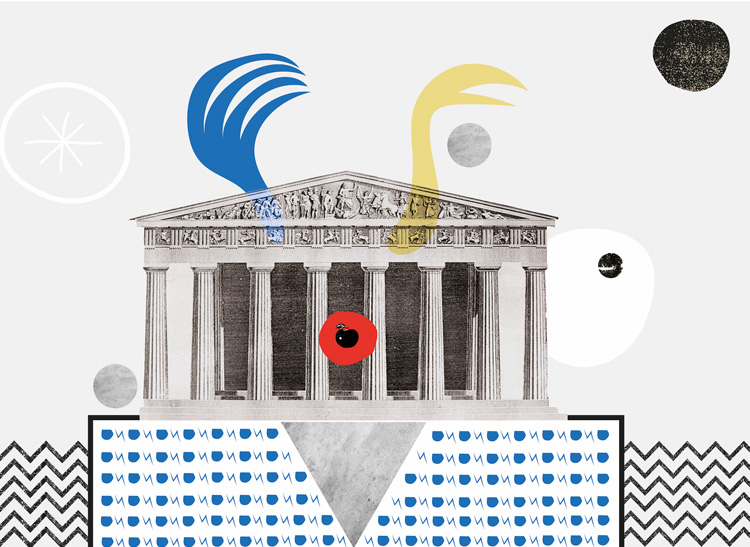
The fruit of eden
In the Latin regions of the Italian peninsula a civilisation was born. The city soon became an empire and acquired the knowledge, customs and religions of diverse peoples of the ancient world. Roman knowledge spread across the continent under the banner of romanisation, and with it the technology for producing the drink of Eden. The Romans embraced Christianity—the first time a monotheistic religion was accepted in Roman culture—and named the fruit which caused original sin Malus.

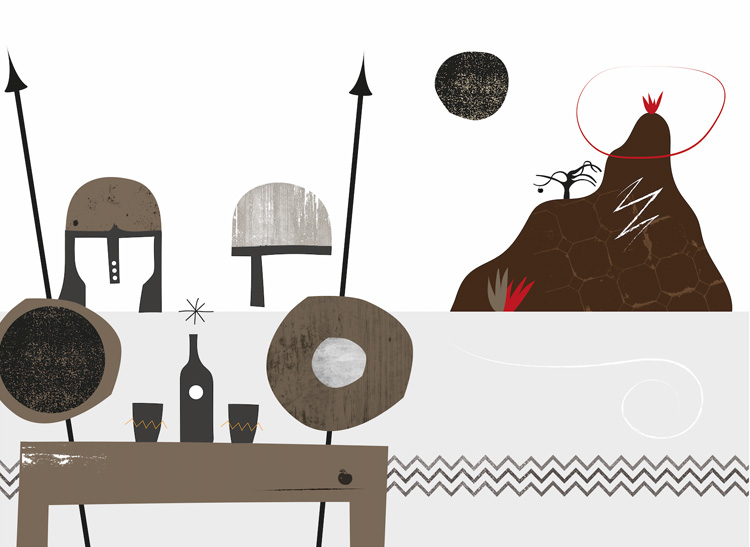
Eternal youth
With the goddess Iðunn at the helm, the people of the North passed freely across our lands. When the Vikings came—eternally young owing to their consumption of the apple of youth—we shared meals and celebrations surrounded by the elixir of youth. After stopping at Avalon (the island of apples) and visiting the witch Morgana, the Celts also brought cider-making culture to the ends of the Earth.
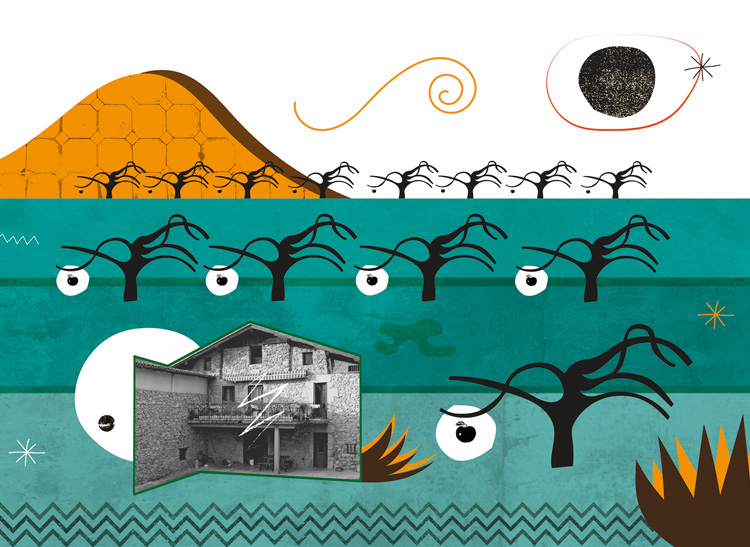
A forest people
Influences throughout history led the Mari people to link their future to the Tree of Life, or the apple tree. Apples were abundant in Basque lands and its inhabitants embarked upon a unique feat. Inspired by late-Roman dwellings and villages, the Basques created self-managed units called baserri (country houses). These economic units housed all the necessary activities to sustain human life and were the most profitable of their kind at the time. The forest villages (from the word baserri = baso + herri) and their enormous wineries, large vats and apple groves marked the birth of the Basque cider-making industry, living up to their name.


The drink of sundown
With cider-making in the baserri now in full swing, it was time to discover the world. For several centuries, Basque sailors travelled to the ends of the known world. From arid islands to tropical forests, on pirate ships and on whaling vessels, the mariners arrived healthy and safe thanks to the product of their home land: sagardoa, Basque cider.
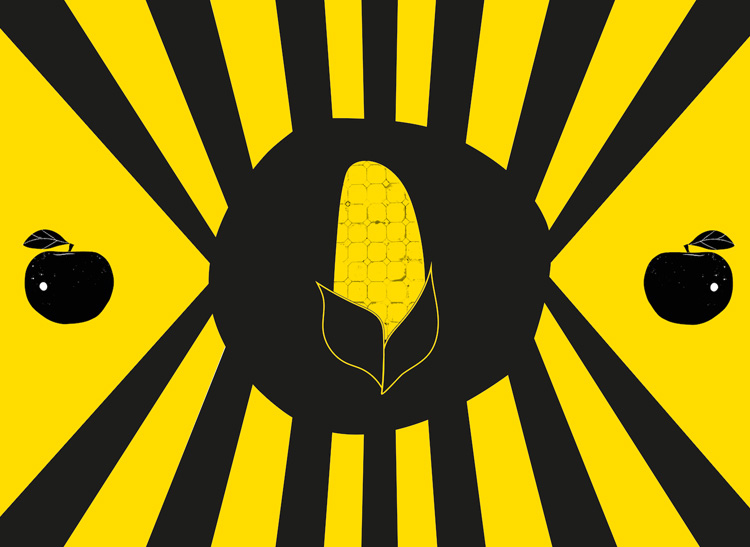
Children of maize
Basque mariners, sons of the Earth, travelled to as-yet uncharted territory. They brought with them the seeds of the forbidden fruit and travelled home with the seeds of a crop which would revolutionise the Basque country houses of the time: maize. When the Basque naval industry waned, the baserri needed a substitute. Maize stepped in, transforming the Basque landscape and diversifying production in the area. The agricultural revolution was just around the corner.


The light in the darkness
A light shone in the darkness. From the ashes of the battles that devastated the old world arose the surviving baserri. The birth of electricity enabled the country houses to reclaim their purpose and they returned full-strength to producing cider. Animals weren’t needed to work the cider presses other materials could be used for the vats. What is more, Basque gastronomy clubs had changed consumption habits. This was the birth of modern cider.

A creative cider
The immense strides made during the 20th century began to carve out a new brand in the world of cider. More creative ciders were being developed, and scientific knowledge, new materials and the wisdom of past generations came together to create harmony in this mystical beverage.

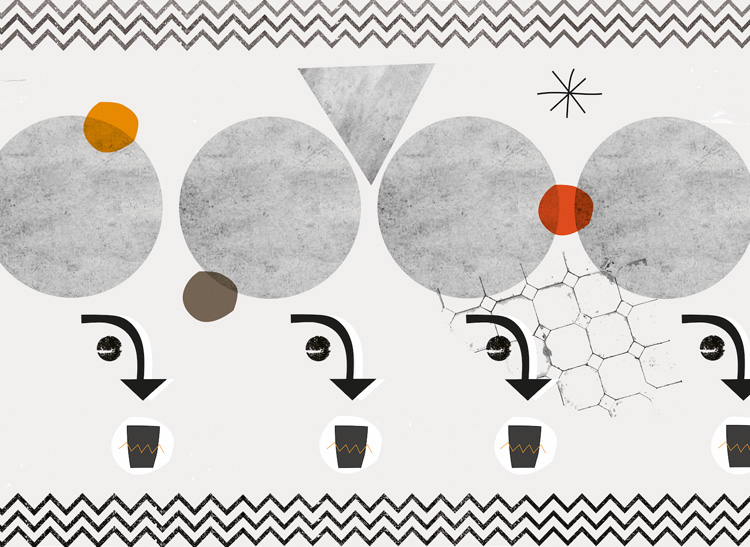
Tasting tradition
This new and creative cider had to be sampled. What started out in gastronomy clubs and those close to the cider-making industry began to have popular appeal, becoming a symbol of identity. In creating a gastronomic offering specific to cider houses, the baserri had developed an unforgettable product and experience.
